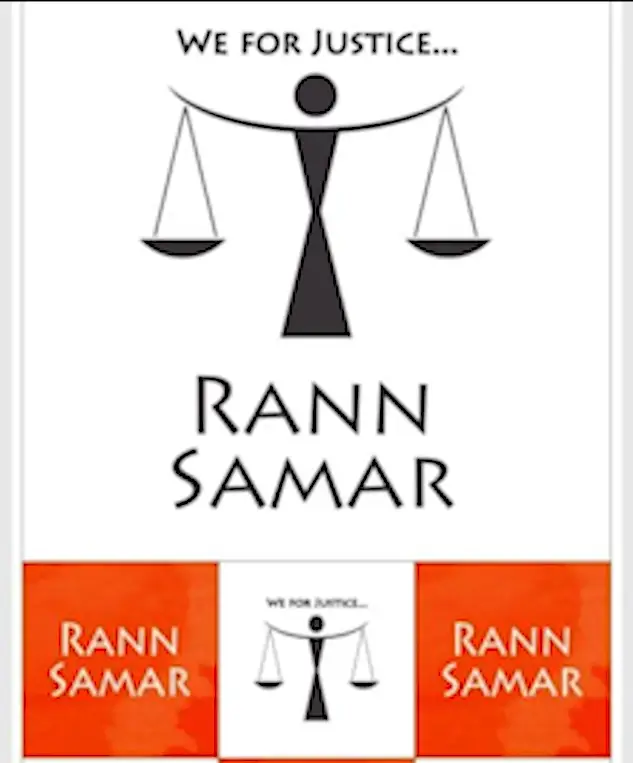Introduction
Abduction is defined in Section 362 of the Indian Penal Code (IPC). It is defined as taking
someone away from a certain place against their will or by deceiving them. As per Section
364, the punishment for such a crime is life imprisonment or rigorous imprisonment of 10
years.
On January 3, the Supreme Court, addressing Section 364A of the Indian Penal Code,
emphasized that to secure a conviction, the prosecution must establish not only the act of
abduction but also substantiate the ransom demand, coupled with a threat to the life of the
abducted individual. The current case centres around a heinous incident in which the accused
attempted to murder Arjit Sharma. Arjit Sharma, an 18-year-old student enrolled in Class
12th at KPS School, Durg, became the victim of this crime. According to the prosecution, the
complainant was forcibly taken from his guest house by two individuals identified as Neeraj
Sharma and Ashwani Kumar Yadav.
The court’s stance in this case shows a clear inclination towards placing the age and mental
implications in pivotal importance when adjudicating on cases of abduction and kidnapping.
The acknowledgement of the victim’s age and injuries indicates a shift towards recognizing
the unique impact on individuals. The increased compensation further reflects a commitment
to addressing the specific needs of the victims, setting a precedent for prioritizing their well-
being in legal proceedings.
According to the latest NCRB data from 2022, India witnessed the registration of over 1 lakh
kidnapping and abduction cases, reflecting a daily average of more than 294 cases. This
marked an increase of 5.8% from the 1,01,707 cases in the previous year and 84,805 cases in
- According to the NCRB’s annual crime report, out of a total of 1,17,083 individuals
who were kidnapped or abducted in 2022, a huge majority, i.e., 95,883 individuals, were
females. As the rate of abduction sees a constant rise, the government must take measures to
ensure the security of its citizens.
Although various cases of abductions and kidnappings have been filed across the nation,
surveys have found that nearly a third of the cases consist of consensual adolescent
relationships and disapproving families, who, in turn, register kidnapping charges.

The Path to Recognising Consensual Relationships
Initially, the stance of the court was to deny the defence of a consensual relationship and hold
the man accountable regardless of the woman’s consent. One such example is the case of
Anversinh Vs. State of Gujarat, wherein the Court held that allowing the defence of
consensual relationships in cases of kidnapping would amount to surreptitiously
undermining the protective essence of the offence of kidnapping. Similarly, in a 2021
judgement the Supreme Court held that a minor is incapable of giving adequate
consent and any such consent obtained will stand vitiated in a charge of kidnapping.
The case consisted of a man who fled with a 15-year-old woman after obtaining her
consent. He was acquitted of the crime of rape, however, was found guilty of
kidnapping her by the Gujarat High Court.
However, the Supreme Court reviewed the judgement passed by the Gujarat High
Court and took into account various factors such as the age of the man at the time of
the crime and held that it was a crime of passion and a consensual relationship. The
court, emphasized on the age of both the individuals and ultimately reduced the man’s
quantum of sentence to the period of imprisonment already undergone.
In the recent judgement of Maheen Ali V State of Kerala, the court granted pre-arrest
bail to the accused who was alleged to have kidnapped a minor girl after observing
that the individuals were close to age and in a fully consensual relationship. This case
highlights a growing judicial inclination to scrutinize the specifics of consensual
relationships, considering factors such as age and mutual agreement, thus
acknowledging the nuances that shape these unions.
The evolving judicial stance towards recognizing consensual relationships not only
reflects a commitment to legal evolution but also serves as a catalyst for empowering
women and enhancing their freedom of choice. Through such cases, the courts have
played a pivotal role in dismantling traditional constraints and fostering an
environment where women’s agency in relationship choices is acknowledged and
respected. As this legal trajectory unfolds, it becomes increasingly evident that the
judiciary’s commitment to recognizing consensual relationships contributes
significantly to empowering women and affirming their right to free choice in matters
of the heart.
Balancing Autonomy and Well-being
In the 21st century, as the judiciary assumes a more lenient stance towards recognizing
consensual relationships involving minor women, the emphasis on a woman’s right to
choose her life partner becomes a focal point. This right, guaranteed under Article 21
of the Constitution, underscores the need for the judiciary to exercise prudence in
crafting legal frameworks that balance individual autonomy with the imperative to
prevent the exploitation of minor women. In this context, the application of
safeguards, such as the ‘Romeo and Juliet’ clause, emerges as a potential method to
prioritize women’s independence while ensuring their safety.
One such method of ensuring the safety of women while prioritising their
independence and right to choose their partner is the application of the ‘Romeo and
Juliet’ clause. The Romeo and Juliet clause is a provision that allows for consensual
sex to be deemed legal even if it was committed by a minor, provided that the age gap
amongst the individuals is not too wide. This clause, inspired by its usage in various
jurisdictions, aims to strike a balance between recognizing the autonomy of minor
women in choosing their partners and safeguarding them from potential exploitation
or harm.
The application of the ‘Romeo and Juliet’ clause in the Indian legal framework could serve to
strengthen the minor woman’s right to choose and gain independence from familial
constraints. By acknowledging the consensual nature of the relationship within reasonable
age limits, this safeguard ensures that minor women are not unduly restricted in exercising
their autonomy and making decisions aligned with their personal choices. Additionally, the
‘Romeo and Juliet’ clause, by imposing reasonable age limits, mitigates the risk of potential
exploitation while fostering an environment where the minor woman’s choices are respected
and protected.
The Implications of the Legal scenario for Women and Children
The evolving judicial stance towards recognizing consensual relationships serves as a beacon
of empowerment for women. By acknowledging the validity of consensual unions, the legal
system takes a significant step towards affirming women’s agency and autonomy in matters
of the heart. This newfound recognition fosters an environment where women are not only
seen as equal partners in relationships but also as individuals with the right to make informed
choices about their personal lives.
While legal safeguards, such as the ‘Romeo and Juliet’ clause, play a pivotal role in
preventing exploitation, there is a pressing need for comprehensive support systems that
extend beyond legal proceedings. These support systems should encompass psychological
assistance, counselling services, and community resources to empower women and children
to navigate the aftermath of such incidents and make informed decisions about their future.
As legal frameworks continue to evolve, it is crucial to foster a society that prioritizes the
rights and well-being of women and children, acknowledging their unique vulnerabilities in
the pursuit of justice and empowerment.
Conclusion
As seen by the recent Supreme Court judgement of Neeraj Singh vs State of Chattisgarh, the
recognition of age, mental implications, and an increased focus on victim compensation and
rehabilitation signals a maturing legal system that acknowledges the profound impact of such
crimes on individuals. The concerning surge in abduction cases, as highlighted by the latest
National Crime Records Bureau data, emphasizes the imperative for a robust government
response to ensure the safety of citizens. This surge, often intertwined with charges stemming
from consensual adolescent relationships, further underscores the need for a recalibration of
social and legal norms.
Within this evolving legal landscape, the judiciary emerges as a crucial player, showcasing a
more nuanced understanding of protecting women’s rights. The emphasis on prioritizing
consent and freedom within the judicial discourse reflects a commitment to dismantling
traditional constraints. This shift signifies a broader legal evolution that resonates with the
changing societal dynamics and a growing recognition of the agency and autonomy of
women.
The judiciary’s role in advocating for the protection of women’s rights, coupled with the
broader societal recalibration, marks a transformative phase where legal discourse aligns
more closely with the principles of equality, consent, and individual freedom. In navigating
the complexities of abduction cases, consensual relationships, and evolving societal norms,
the legal system plays a pivotal role in shaping a future where women’s rights are
safeguarded, and their choices are respected and protected.
